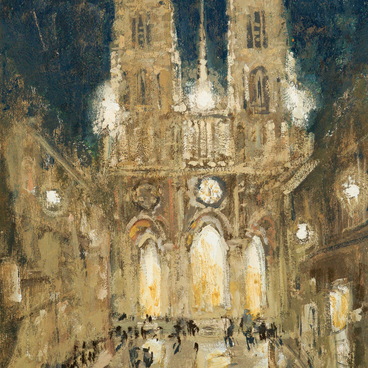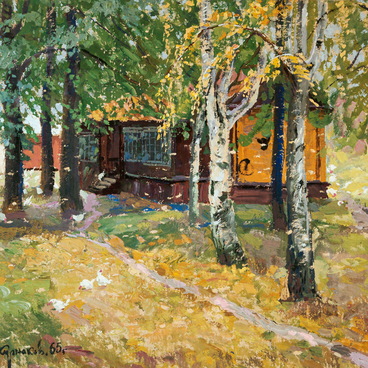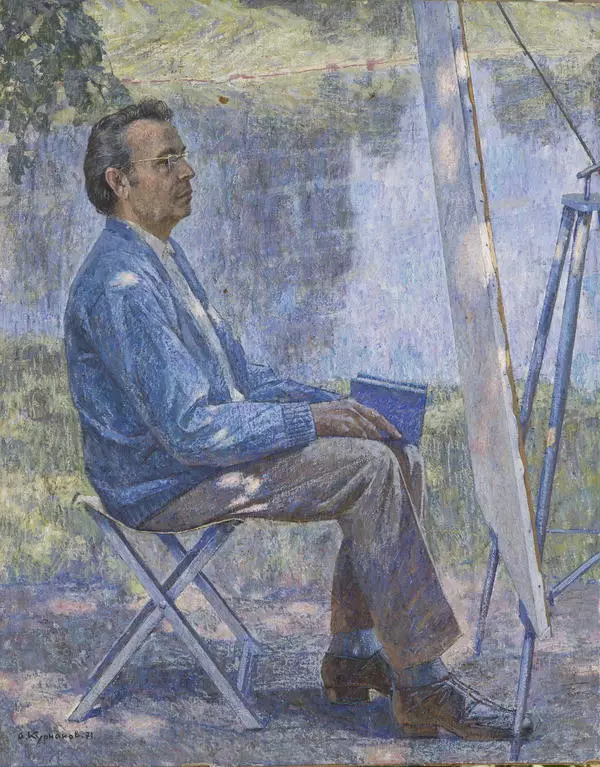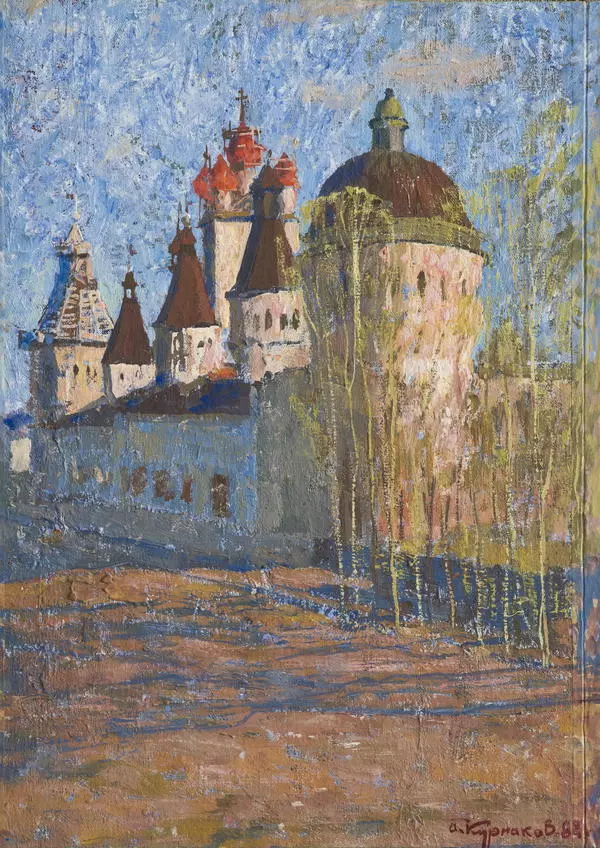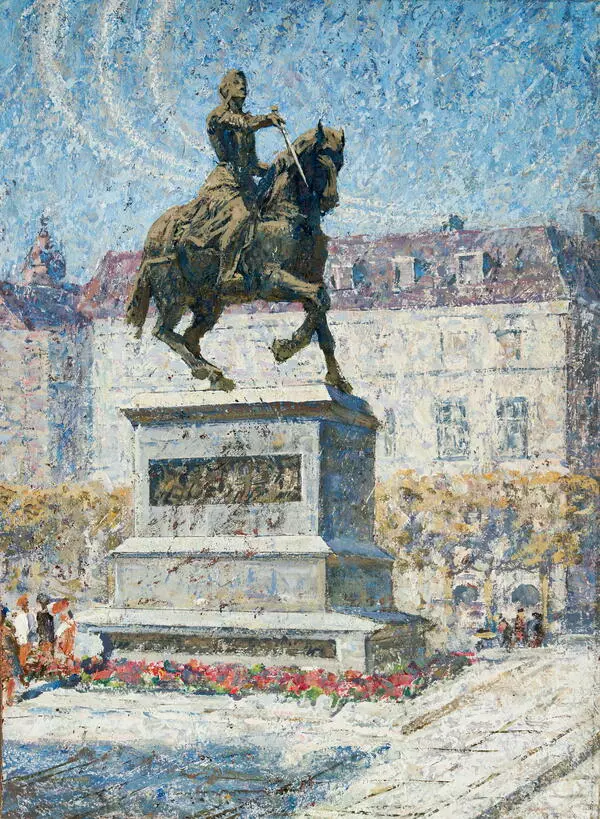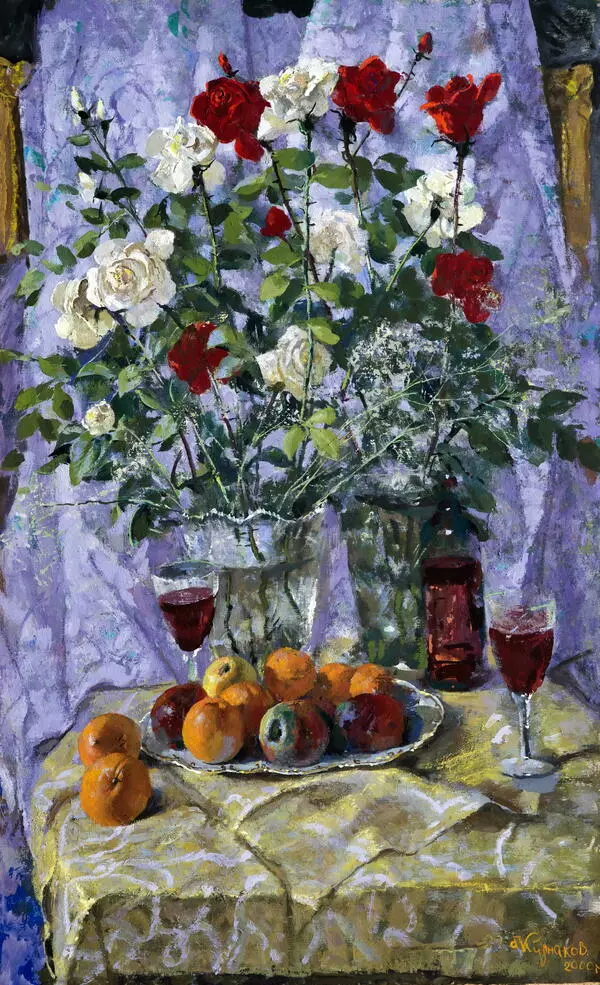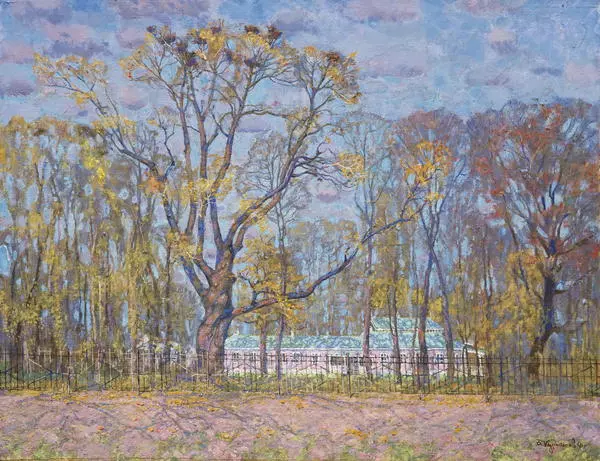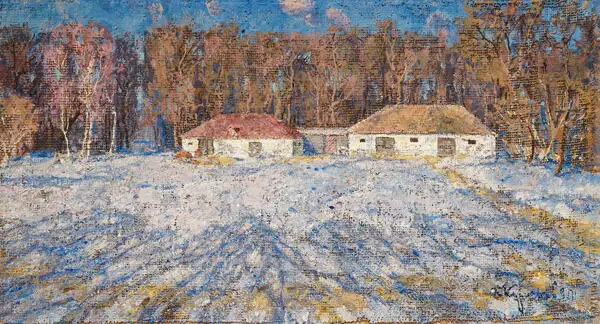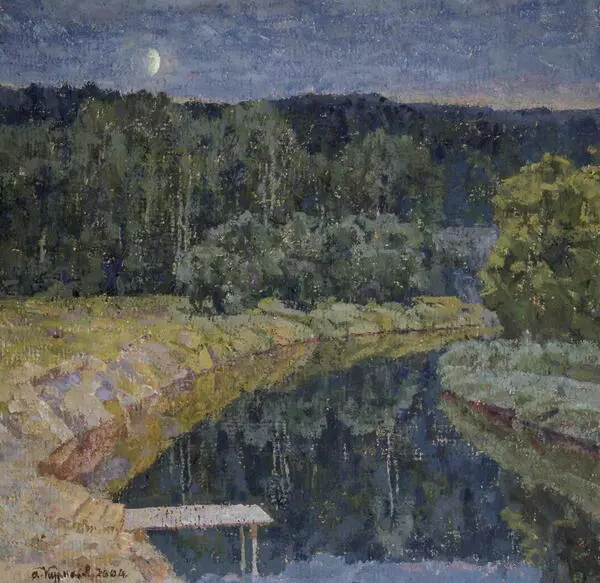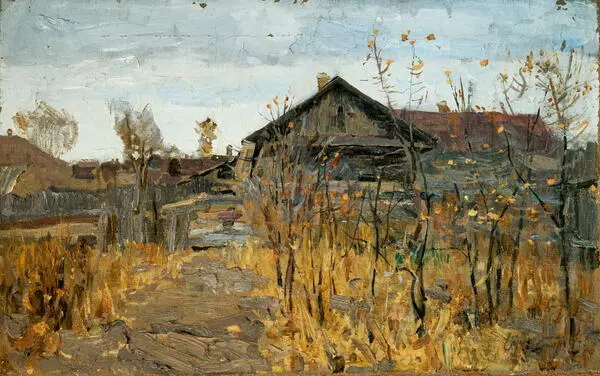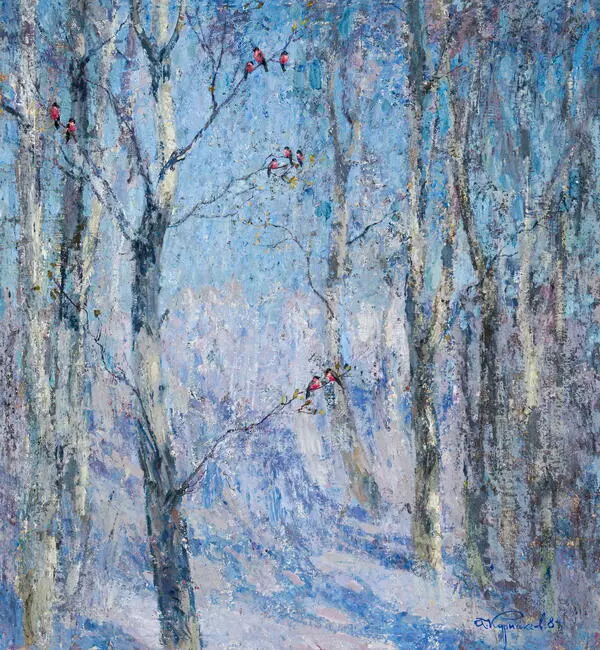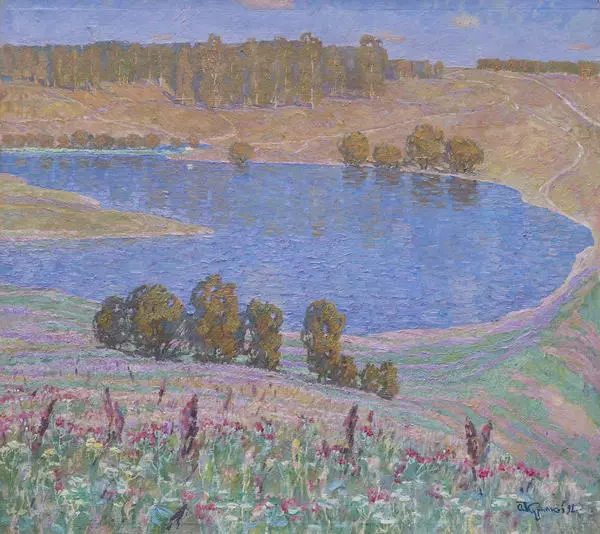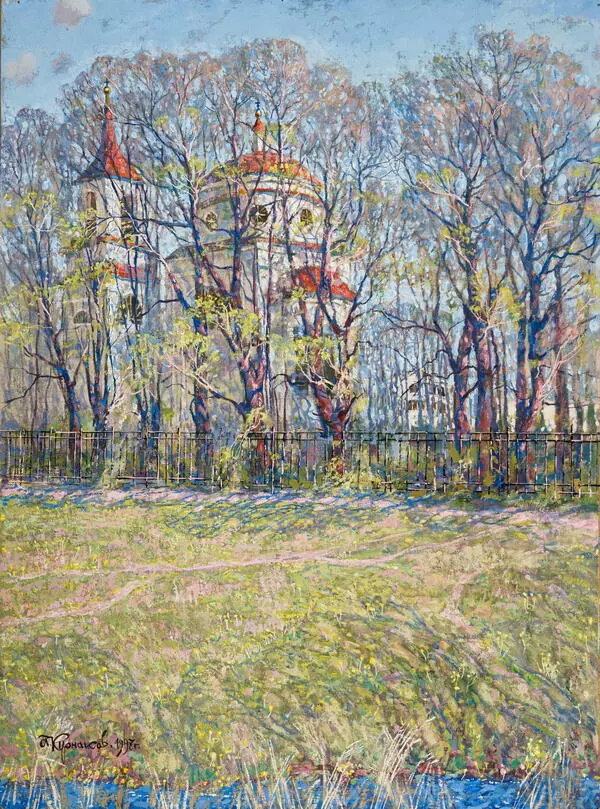Adjara is a picturesque region in southwest Georgia. It lies on the coast of the Black Sea near the foot of the Lesser Caucasus Mountains. Batumi is the capital of this region. Most of Adjara’s territory consists of either hills or mountains. The highest one of them, Mount Kanliyskaya, rises over 3,000 meters above sea level. There are several passages through these peaks, the most popular one with tourists is called Kvirelsky.
The beauty of the Southwestern Georgia landscapes is breathtaking. Curiously enough, in the 1st millennium BC, somewhere among these mountains, the legendary Colchis was founded — the “land of the rising sun”, the place from where every morning Helios began his journey in the golden Sun Chariot and to where the Argonauts, led by Jason, went to obtain the Golden Fleece.
Andrey Kurnakov’s study “Mountains. Adjara” pictures a rather unusual and textured landscape. Depicting such a diverse relief is not an easy task, and Kurnakov does it splendidly, using contrasts of light and shade.
The painting shows a structural basin, that is, a large-scale round depression with slopes on all sides, and it resembles a crater of a long-dormant volcano. At the bottom and along the edges of this basin lies a small mountain village, an aul that consists of several white houses with bright ocher roofs. Behind the settlement is a small lake with crystal clear blue water. The mountains, that constitute the walls of the basin, are overgrown with trees; they rise high toward the pale faded sky and are cratered with deep fissures.
The white vapory building in the middle ground close to the right side is painted with just a few thin brushstrokes and seems foreign and completely out of place in this harsh landscape. Given the rich history of the region, this may be either an allusion to an ancient legend or a myth or just the artist’s imagination.
The setting sun splashed everything with crimson. To create such a solemn coloring, Kurnakov mixes red, magenta, brown, and ocher colors. The strokes of dark blue, almost black hue emphasize the depth and danger of mountain gorges. The dark green of the trees in the foreground is achieved with umber, which adds austerity to this landscape.
The foreground on the left depicts silhouettes of the tall watchtowers. The overall coloring of the work is warm, even blazing, especially the mountains. With wide sweeping strokes, the artist conveys the relief, making everything seem three-dimensional and tangible, and emphasizes the severity and beauty of the mountain landscape.
The beauty of the Southwestern Georgia landscapes is breathtaking. Curiously enough, in the 1st millennium BC, somewhere among these mountains, the legendary Colchis was founded — the “land of the rising sun”, the place from where every morning Helios began his journey in the golden Sun Chariot and to where the Argonauts, led by Jason, went to obtain the Golden Fleece.
Andrey Kurnakov’s study “Mountains. Adjara” pictures a rather unusual and textured landscape. Depicting such a diverse relief is not an easy task, and Kurnakov does it splendidly, using contrasts of light and shade.
The painting shows a structural basin, that is, a large-scale round depression with slopes on all sides, and it resembles a crater of a long-dormant volcano. At the bottom and along the edges of this basin lies a small mountain village, an aul that consists of several white houses with bright ocher roofs. Behind the settlement is a small lake with crystal clear blue water. The mountains, that constitute the walls of the basin, are overgrown with trees; they rise high toward the pale faded sky and are cratered with deep fissures.
The white vapory building in the middle ground close to the right side is painted with just a few thin brushstrokes and seems foreign and completely out of place in this harsh landscape. Given the rich history of the region, this may be either an allusion to an ancient legend or a myth or just the artist’s imagination.
The setting sun splashed everything with crimson. To create such a solemn coloring, Kurnakov mixes red, magenta, brown, and ocher colors. The strokes of dark blue, almost black hue emphasize the depth and danger of mountain gorges. The dark green of the trees in the foreground is achieved with umber, which adds austerity to this landscape.
The foreground on the left depicts silhouettes of the tall watchtowers. The overall coloring of the work is warm, even blazing, especially the mountains. With wide sweeping strokes, the artist conveys the relief, making everything seem three-dimensional and tangible, and emphasizes the severity and beauty of the mountain landscape.

